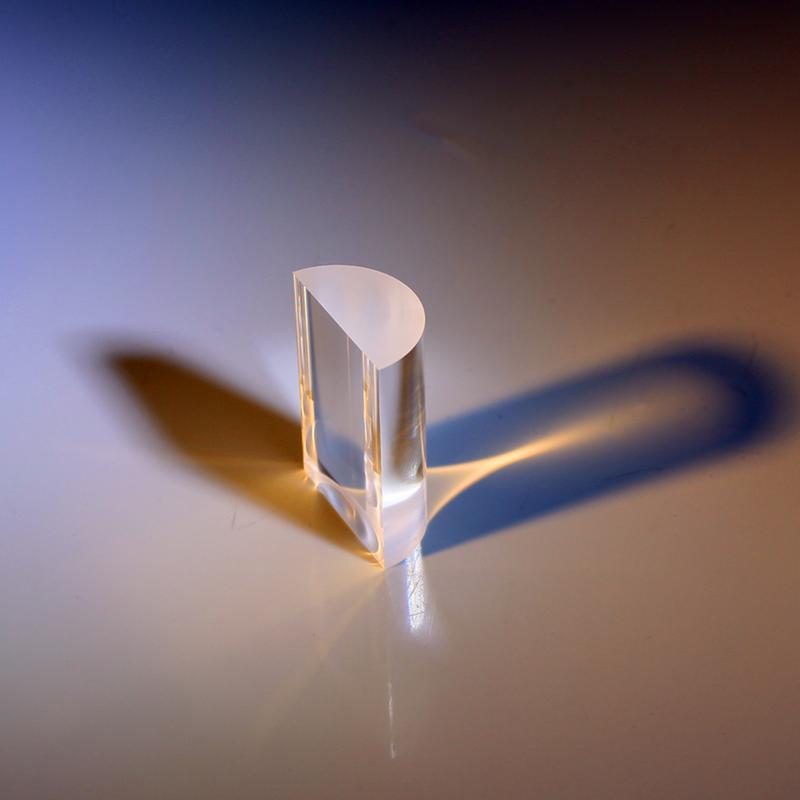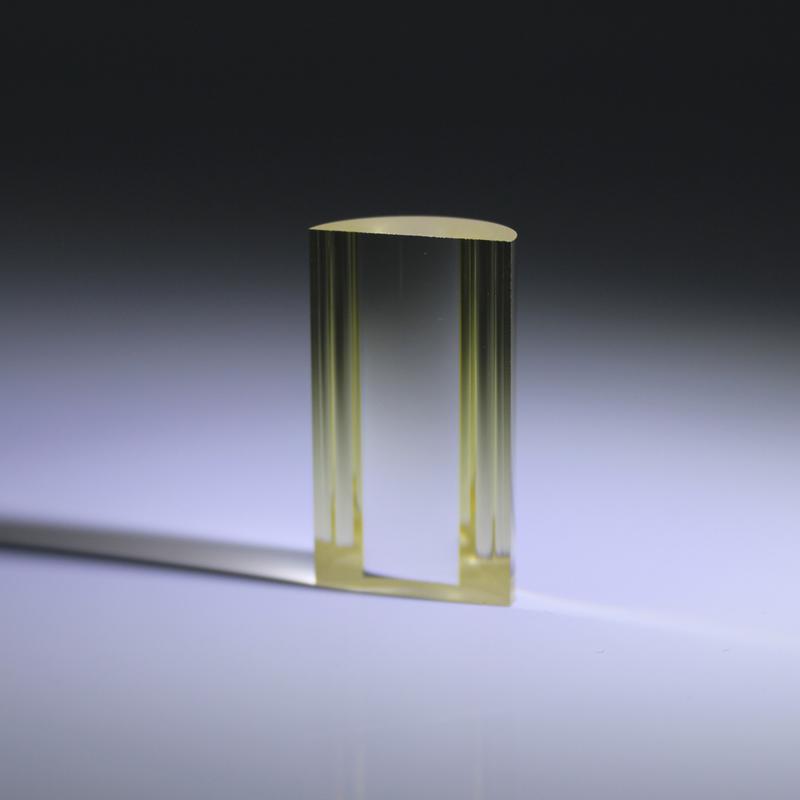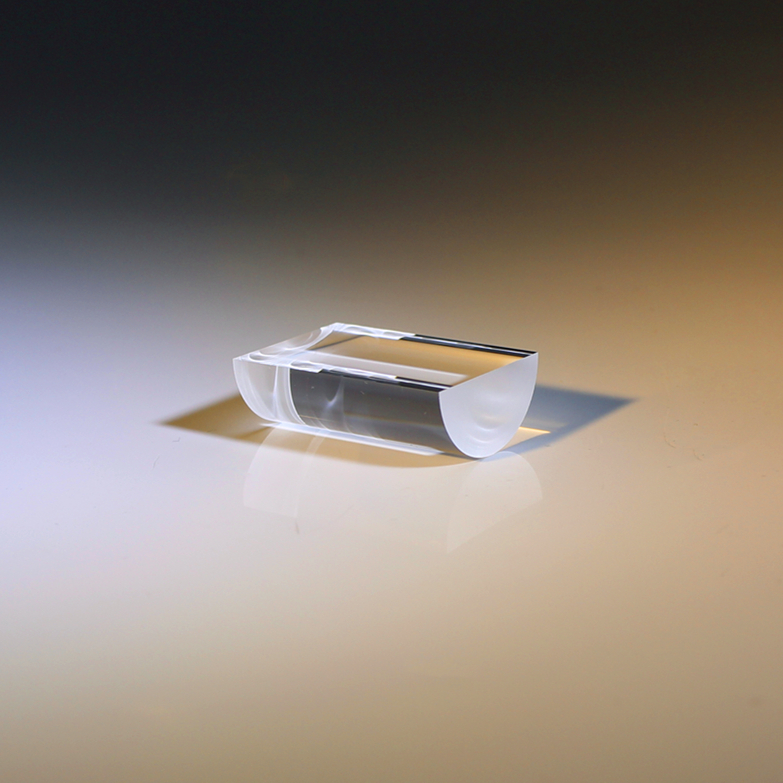Diameter 30mm ZF88 Half Cylinder Lens
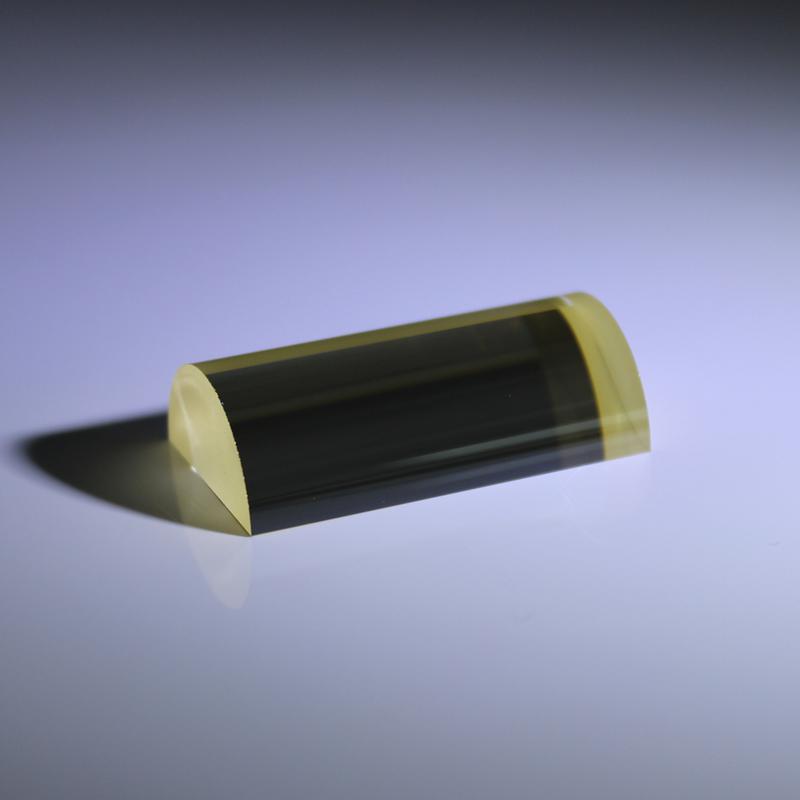
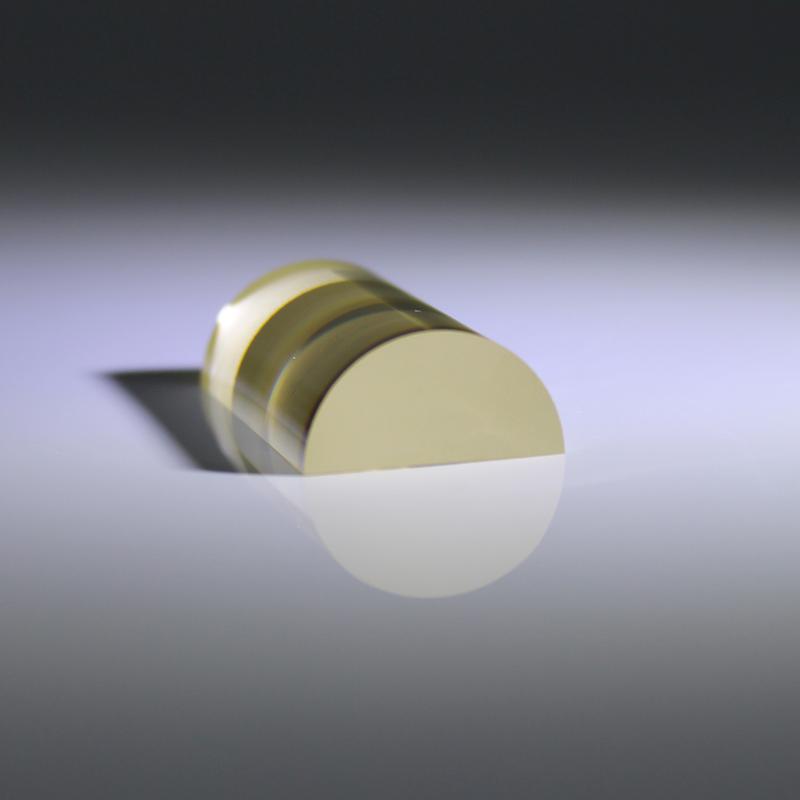
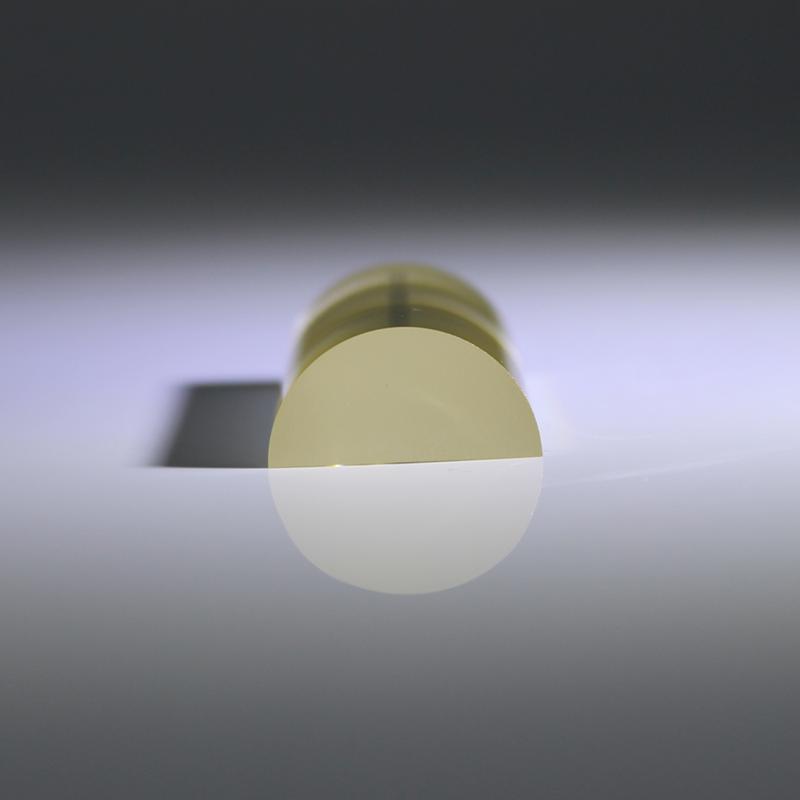
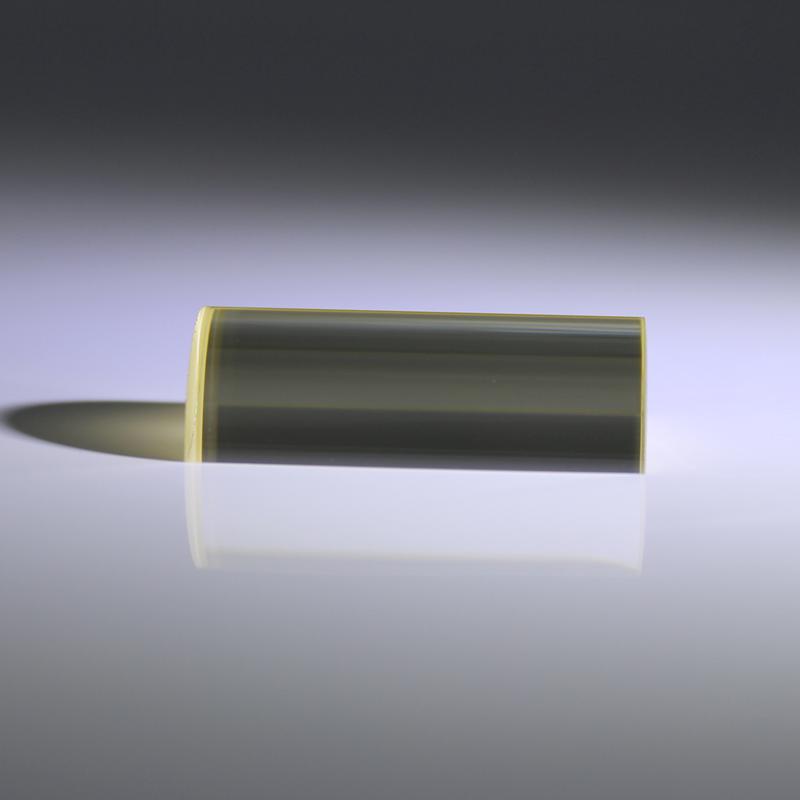
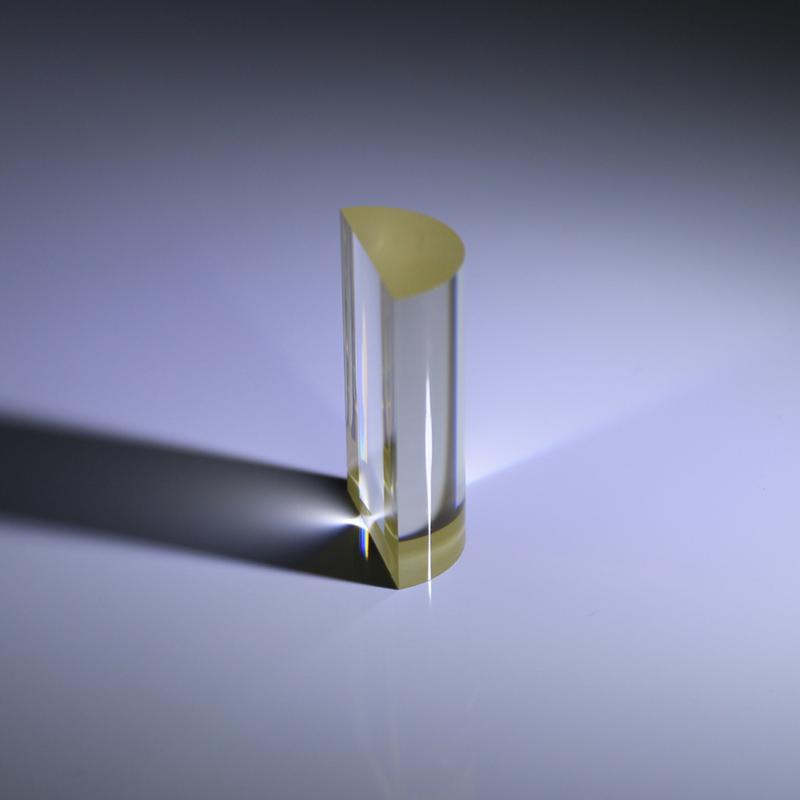
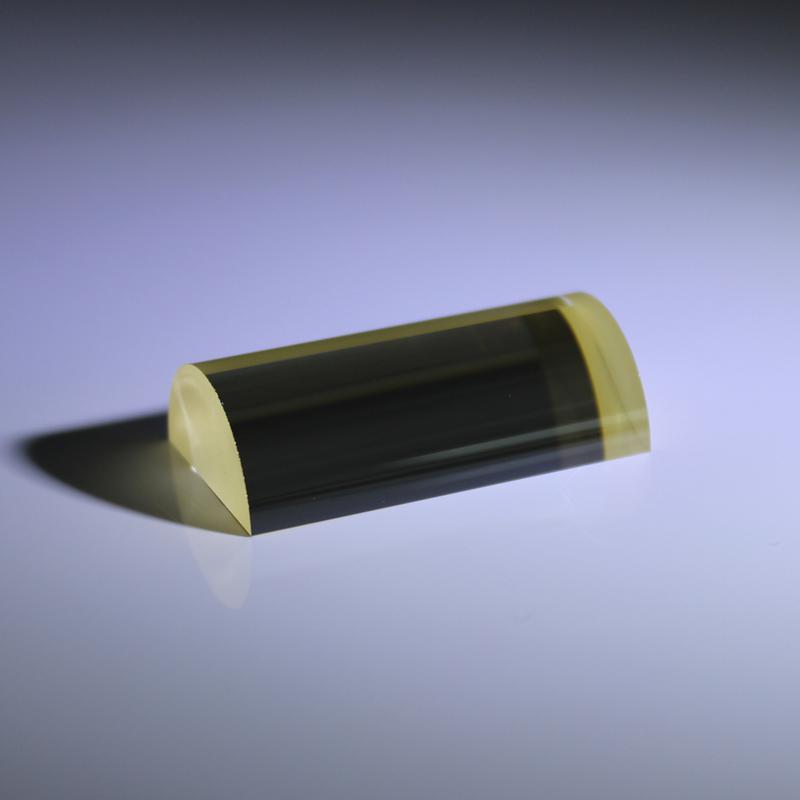






Diameter 30mm ZF88 Half Cylinder Lens
Item Number:P21C6O1Y12502
Cylinder Lenses are typically used to focus incoming light to a line, or to change the aspect ratio of an image. Cylindrical Lenses have a single cylindrical surface that causes incoming light to be focused in only a single dimension, stretching the image. Cylinder Lenses are available with positive or negative focal lengths, ideal for laser line generation or anamorphic beam shaping to circularize laser outputs.
- Material: ZF88 etc.
- Dimension: 3mm-500mm
- Tolerance: +/-0.01mm
- Surface Accuracy: lambda/10
- Surface Quality: 80-50/20-10
- Clear Aperature: 95%
- Coating: AR @400-700nm, R≤0.5% or Optional
What is cylindrical lens?
Cylinder Lenses are typically used to focus incoming light to a line, or to change the aspect ratio of an image. Cylindrical Lenses have a single cylindrical surface that causes incoming light to be focused in only a single dimension, stretching the image. Cylinder Lenses are available with positive or negative focal lengths, ideal for laser line generation or anamorphic beam shaping to circularize laser outputs.

(Picture show of our ZF88 cylindrical lens)
Kinds of cylindrical lens
● Plano-Concave Cylindrical lenses have a negative focal length and are used for image reduction or to spread light.
● Plano-Convex Cylindrical lenses have a positive focal length, which makes them ideal for collecting and focusing light for many imaging applications.
● Double-Convex Lenses are used in image relay applications, or for imaging objects at close conjugates.
● Double-Convex Lenses have positive focal lengths, along with two convex surfaces with equal radii. Aberrations will increase as the conjugate ratios increase. DCV Lenses are used in a range of industries or applications.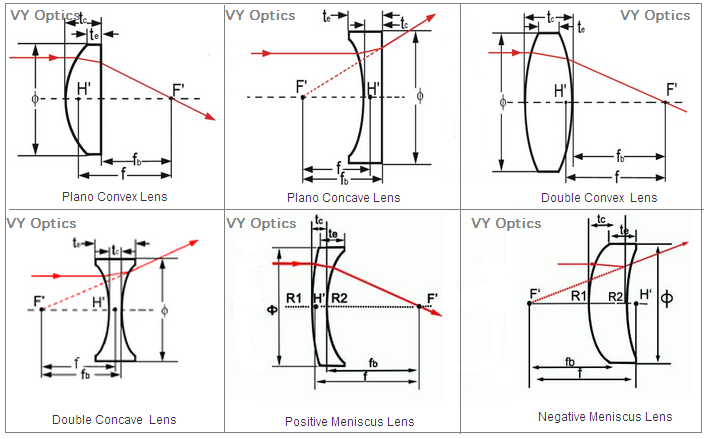
Cylindrical lens from VY
VY Optics offers a wide variety of Double-Convex Lenses in a range of substrates or anti-reflection coatings for maximum performance in the Ultraviolet (UV), Visible, or Infrared (IR). Anti-reflection coatings include UV-AR, UV Fused Silica or Calcium Fluoride (CaF2) substrates are also available for additional performance in the Ultraviolet (UV) or Infrared (IR) spectrums. UF Fused Silica Double-Convex Lenses are ideal for close conjugate imaging systems utilizing Ultraviolet (UV) illumination. Calcium Fluoride (CaF2) offers a very wide transmission range of 350nm - 7μm.
| Material | ZF88; N-bk7; K9; Quartz glass or other optical materials |
| Dimension Tolerance | +0.0 -- -0.1mm |
| Center Thickness | +/-0.1mm |
| Focal Length Tolerance | +/-1% |
| Surface Quality | 20/10 |
| Surface Figure | lambda/2 at 633nm on plano side |
| Clear Aperture | >90% |
| Chamfer | 0.25mm at 45 degree typical |
| Coating | Optional |
Most commonly used and the earliest example of an achromatic lens is the achromatic doublet. An achromatic doublet is made from a pair of glasses, of which one is typically a concave and another is convex. The concave element of the doublet is composed of flint glass (with higher dispersion); the convex element, however, is made up of crown glass (with low dispersion). These two elements are placed (cemented) next to each other in such a manner that the chromatic aberration of the one element is balanced by the chromatic aberration of another. There are various types of achromatic lenses, which differ in the type of lens elements and optical properties.
Cylindrical vs Spherical lenses
Imagine a sphere made of glass and suppose we cut on any plane that completely passes through the sphere. Our end part will be a spherical lens with a flat surface and a curved surface. If we illuminate the flat side with a light source, we will see that all the light is focused on a point at a certain distance in front of the lens. If we rotate the spherical lens, the position and shape of the focused light will not change
Now imagine that instead of cutting glass balls, we cut glass cylinders. We need to cut the cylinder with a plane parallel to its axis of rotation (this will be the longest axis). We end up with a lens that is flat on one side and curved on the other. However, the curve of the cylindrical lens is only in one direction. Why is this important? Well, because when we illuminate a cylindrical lens, it will focus on a line instead of a point. Not only that, if we rotate the cylindrical lens along the optical axis, the focus line will change its direction.
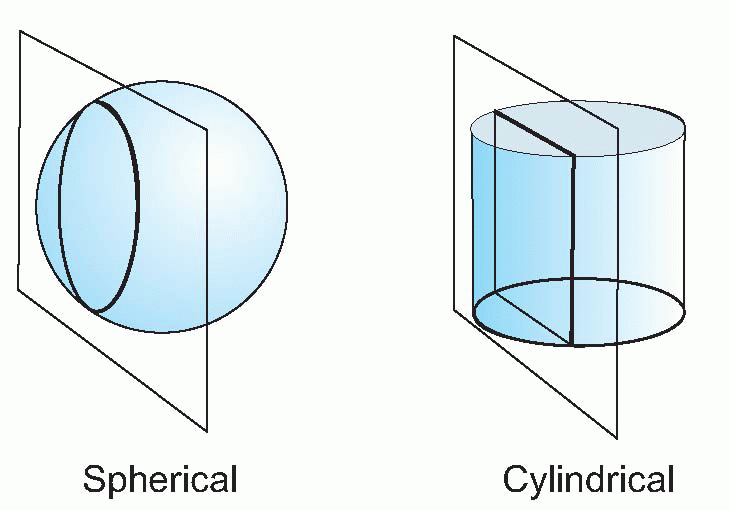
Figure 1. We obtain a cylindrical lens by cutting a cylinder along the main axis
Now, we might ask ourselves why we should use a lens that obviously distorts the shape of the light source into a line. Cylindrical lenses actually have many applications, making them very useful in optical systems, sometimes even necessary


